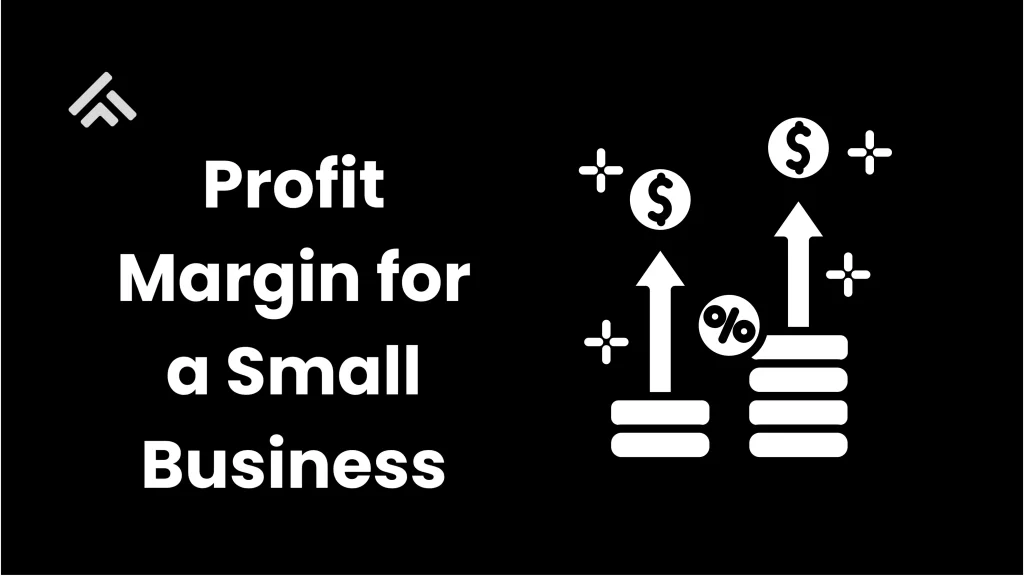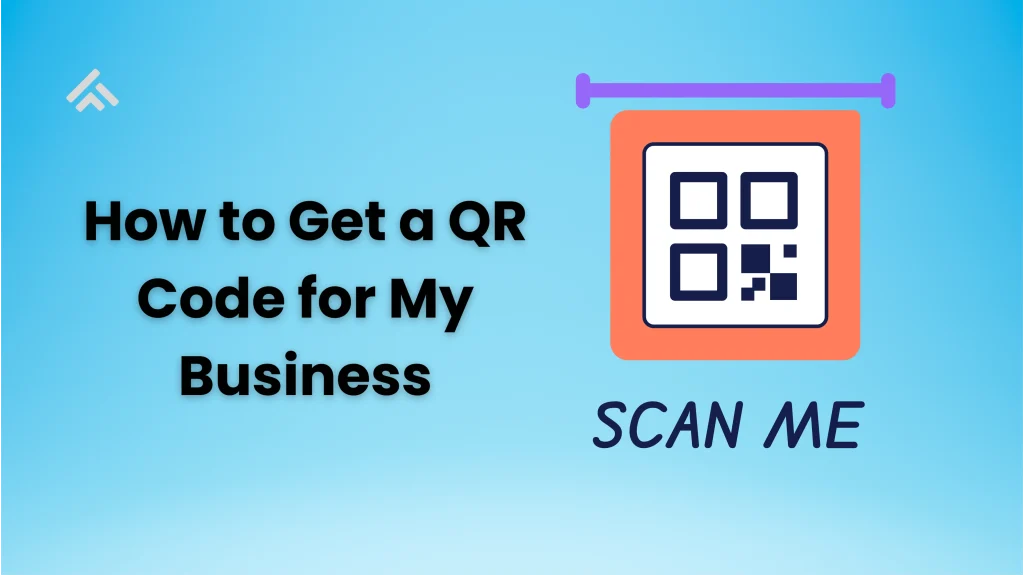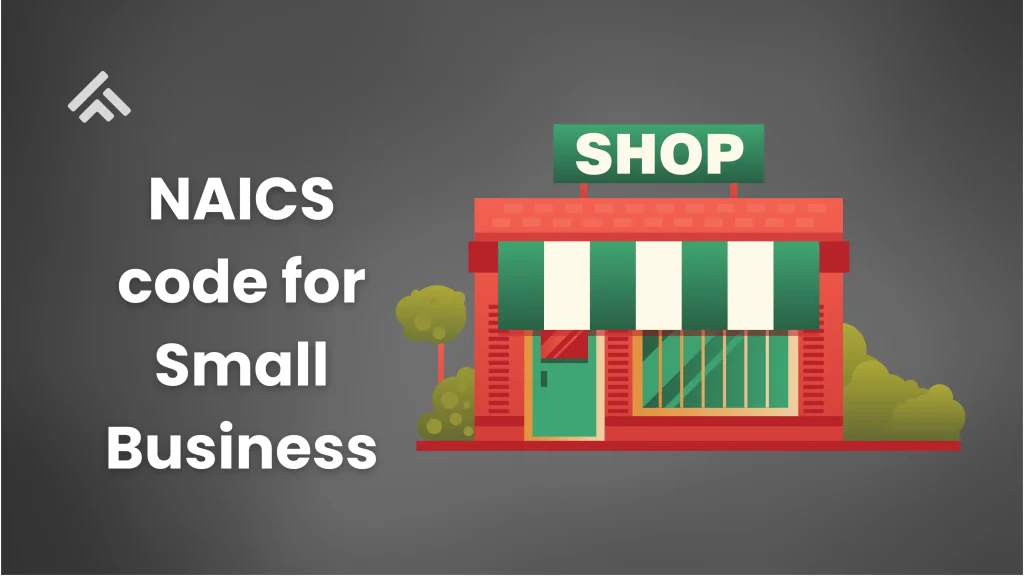Knowing your profit margin is very important for any small business. It helps you see how much money you’re really making after covering your costs. Without this, you might think you’re doing well just because you have good sales. But in reality, you could be losing money if your expenses are too high. Profit margin shows if your pricing is right and if your business is running efficiently.
It also helps you make better decisions. When you know your profit margin, you can plan for growth, set better prices, and cut down unnecessary costs. It’s also useful when talking to banks or investors, as they often want to see your profit margin before working with you.
Table of Contents
Why Profit Margin Matters for Small Businesses
Profit margin is very important for small businesses because it shows the real earnings after covering all costs. It tells you how much money you keep from every sale. If your margin is too low, your business may struggle even if sales look strong. A good profit margin means your business is stable and has room to grow or handle unexpected expenses.
Small businesses usually have tighter budgets, so knowing your profit margin helps you stay in control. It lets you see if your pricing is right or if your costs are too high. If you don’t track your margins, you might be working hard but not making any real profit. This can lead to burnout or even shutting down.
Profit margin also helps you decide which products or services are worth your time. If one product gives you a better margin than others, it makes sense to focus on that. You can also use this information to cut costs or adjust prices without losing customers.
What Is Considered a Reasonable Profit Margin
A reasonable profit margin for a small business is usually between 5% and 20%. The exact number depends on the type of business you run. Retail businesses often have lower profit margins, around 5% to 10%, because they deal with high competition and regular operating costs. Service-based businesses like consulting or digital marketing often see higher margins, sometimes going over 15%.
There is no single number that works for every business. What is reasonable depends on your industry, your expenses, and how you set your prices. For example, a restaurant might survive with a lower profit margin because of high customer volume. In contrast, a small design or software business may need a higher margin to stay profitable with fewer clients.
Most experts say a profit margin above 10% is a good sign. If your margin is under 5%, it may mean your costs are too high or your prices are too low. This can be risky for your business, especially during slow months or if you face surprise expenses. It’s also helpful to compare this with what’s considered a good profit margin in your industry.
How to Calculate Your Profit Margin
Calculating your profit margin is simple and very useful for understanding your business performance.
Profit Margin = (Net Profit ÷ Revenue) × 100
First, find your net profit. This is the money left after you subtract all your business expenses from your total revenue. Then, divide that net profit by your total revenue. Multiply the result by 100 to get the percentage. This final number is your profit margin.
For example, if your business made $50,000 in sales and your total expenses were $35,000, your net profit would be $15,000. Divide $15,000 by $50,000 and then multiply by 100. Your profit margin would be 30%. This means you keep 30 cents from every dollar you earn. Knowing this number helps you plan better and grow your business the right way.
Tips to Improve Your Profit Margin
Cut Unnecessary Expenses
Start by reviewing all your business costs. Look at your bills, supplies, subscriptions, and services. Remove anything that is not helping your business grow. Even small savings each month can add up over time. Finding better deals from vendors or reducing waste in operations can increase your profit margin.
Increase Your Prices Carefully
Raising prices slightly can boost your profits without needing more sales. If your product or service provides real value, many customers will continue buying even after a small price increase. Make sure to communicate the value clearly, and avoid sudden or large price jumps that may scare away buyers.
Focus on High-Margin Products or Services
Not all products or services bring in the same profit. Identify which ones give you the highest return and promote them more. This way, you earn more without adding extra work. You can also drop or improve items that make less profit.
Improve Your Sales Process
Train your team to suggest add-ons or upgrades to customers. Upselling and cross-selling increase the value of each sale. Also, improve customer service to keep buyers coming back, which is more cost-effective than finding new ones.
Use Technology to Work Smarter
Use accounting and inventory software to manage your business better. This reduces errors, saves time, and helps you track your spending more easily. The right tools can cut costs and help you make quicker, smarter decisions.
Common Mistakes Small Businesses Make with Profit Margins
- Ignoring the Numbers: Many small businesses focus only on sales and forget to check how much profit they actually keep. High sales don’t always mean good profit. Without tracking profit margin, you might be losing money without even knowing it.
- Pricing Too Low: Some businesses set very low prices to attract more customers. This can hurt your profit margin, especially if your costs stay the same. If you don’t earn enough from each sale, it becomes hard to cover expenses and grow.
- Not Managing Costs: Failing to control spending is a big mistake. Some owners don’t review costs regularly, which leads to waste. Unchecked expenses reduce your profit margin, even if your sales are steady.
- Overlooking High-Margin Items: Businesses often focus on best-selling products without checking which ones bring the most profit. Sometimes, items that sell the most are not the most profitable. Ignoring high-margin products means missing easy ways to earn more.
- Lack of Regular Review: Not reviewing your profit margin regularly is risky. Costs and sales change over time. If you don’t adjust your pricing or spending, your margin can shrink without warning. Always keep an eye on the numbers and make changes as needed.
Conclusion
Knowing your profit margin is important for every small business. It shows how much money you really earn after covering your costs. A good margin means your business is stable and can grow with time. If the margin is too low, it may be time to adjust your pricing or reduce expenses.
A reasonable profit margin depends on your industry. Most small businesses aim for 5% to 20%. Check your numbers often and make smart changes. Focus on selling high-margin products and avoid common mistakes. A strong profit margin helps your business succeed and stay on the right track.



